I constructed a binary logistic model. The response variable is binary. There are 4 regressors - 2 binary and 2 integers. I want to find the outliers and delete them. For this i have create some plots:
par(mfrow = c(2,2))
plot(hat.ep,rstudent.ep,col="#E69F00", main="hat-values versus studentized residuals",
xlab="Hat value", ylab="Studentized residual")
dffits.ep <- dffits(model_logit)
plot(id,dffits.ep,type="l", col="#E69F00", main="Index Plot",
xlab="Identification", ylab="Diffits")
cov.ep <- covratio(model_logit)
plot(id,cov.ep,type="l",col="#E69F00", main="Covariance Ratio",
xlab="Identification", ylab="Covariance Ratio")
cook.ep <- cooks.distance(model_logit)
plot(id,cook.ep,type="l",col="#E69F00", main="Cook's Distance",
xlab="Identification", ylab="Cook's Distance")
According to the plots there is an outlier. How can I identify which observation is the outlier?
I have tried :
> outlierTest(model_logit)
No Studentized residuals with Bonferonni p < 0.05
Largest |rstudent|:
rstudent unadjusted p-value Bonferonni p
1061 1.931043 0.053478 NA
Are there some other functions for outlier detection?


